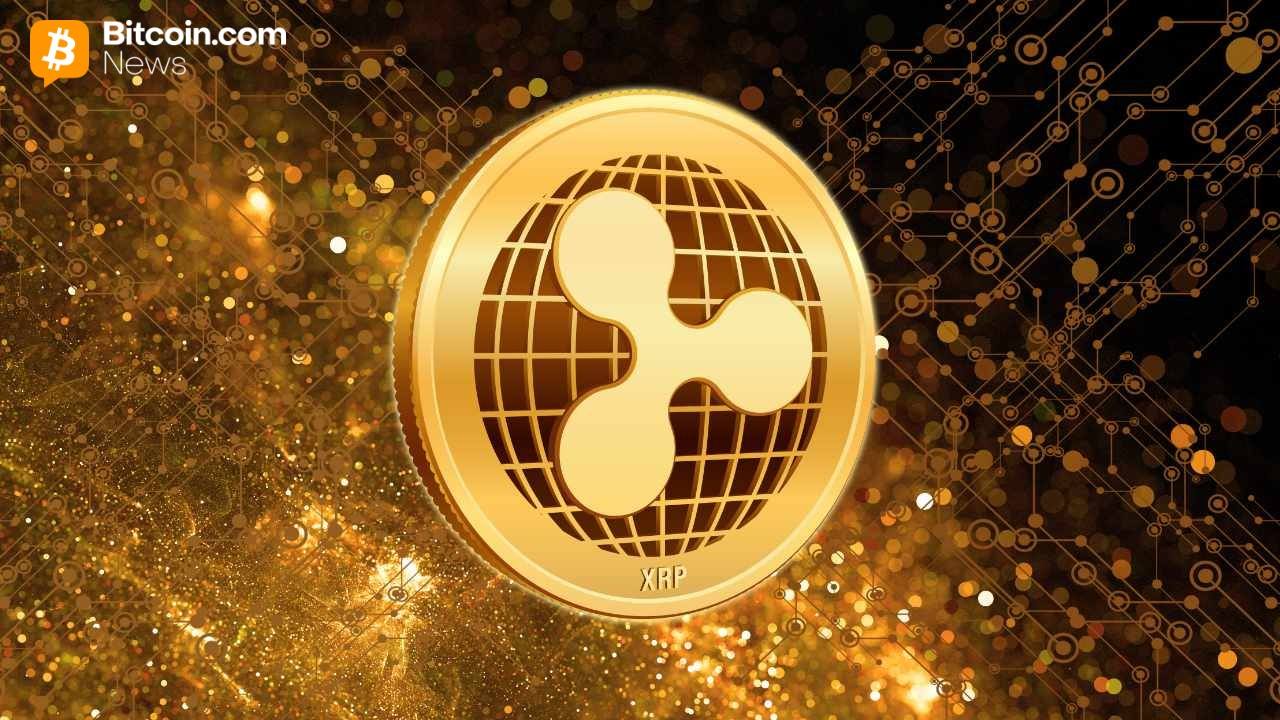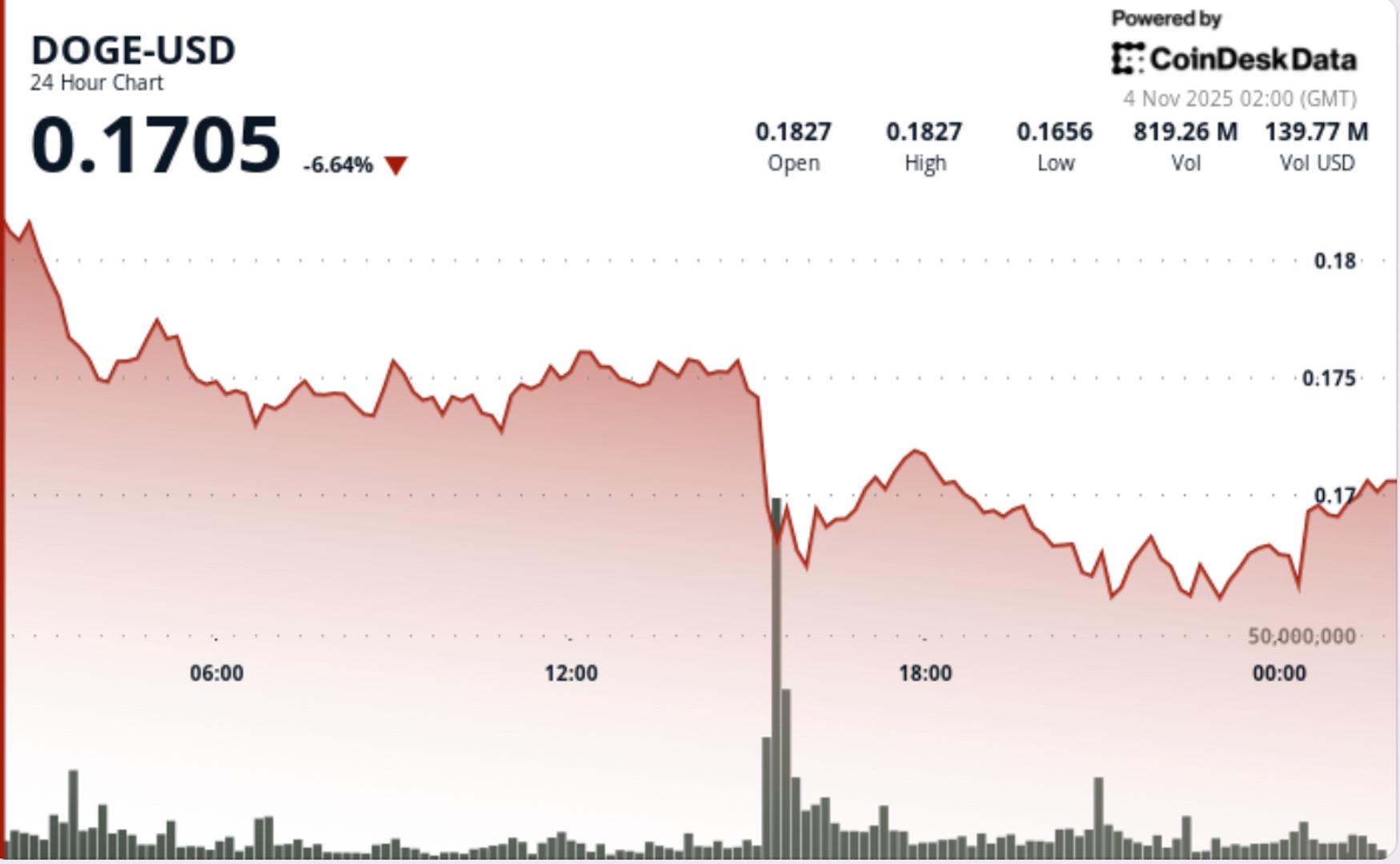Is Algorand Fast Enough for Banks? Let’s Examine Its Role in Cross-Border Finance AllinCrypto August 6, 2025
Among emerging networks, Algorand stands out for its speed, security, and scalability, key attributes that appeal to banking institutions seeking new solutions for cross-border transactions.
With growing demand for real-time settlements and low-cost operations, blockchain technology is increasingly being integrated into modern banking infrastructures.
With established competitors like Ripple (XRP) and Stellar (XLM) already active, could Algorand join them, and is ALGO capable enough to compete and deliver with banks?
Algorand’s Performance: Speed, Security, and Finality
Since its launch, Algorand has maintained continuous uptime, part of the network’s technical resilience and maturity. ALGO’s performance positions the network among the fastest and robust blockchains.

One of Algorand’s core strengths is instant finality; with transactions able to be settled within a single block, eliminating the risk of rollbacks, which is crucial for financial institutions handling large volumes or sensitive data.
Combined with low transaction fees and the ability to scale during peak usage, Algorand is built for high-demand financial environments, including international payments and remittances.
Why Cross-Border Transactions Need Blockchain Tech
Traditional cross-border payments remain burdened by delays, high fees, and intermediary-driven processes. Blockchain networks like Algorand offer a transformative alternative with faster settlement times, increased transparency, and near-zero costs.
Algorand’s design is particularly well-suited to these demands. The ability to support scalable transaction volumes, programmable smart contracts for automated compliance, and the ability to integrate digital identity solutions, features that are being increasingly required by financial institutions.
With these capabilities, Algorand has the potential to support not just payment rails but the broader infrastructure for a decentralized yet globally connected banking system.
Comparing Algorand with Ripple XRP and Stellar XLM
Algorand operates in a competitive field. Ripple and Stellar both entered the cross-border payments market early and have built strategic relationships with institutions. Here’s how Algorand compares and can compete:
Ripple (XRP) focuses on institutional-grade cross-border solutions. With transaction times of 3–5 seconds. The XRP Ledger supports high-speed transfers and integrates with Ripple’s suite of financial tools, including its stablecoin initiative and Ripple Payments platform. Ripple also benefits from strong partnerships with major banks and remittance services.
Stellar (XLM), on the other hand, centers its mission on financial inclusion. It has partnered with global brands like MoneyGram and PayPal and serves regions with underbanked populations. Stellar offers fast transactions and lightweight infrastructure, though it has seen more limited uptake among large financial institutions compared to Ripple.

Algorand, by contrast, takes a more generalized approach. Its platform is designed not just for payments, but for a wide range of financial applications from tokenization and smart contracts to identity solutions and post-quantum security.
With higher TPS potential and faster finality than its rivals, Algorand positions itself as a long-term infrastructure layer instead of a single-purpose network.
Real-World Integrations and Adoption of Algorand
- The Marshall Islands selected Algorand as the blockchain infrastructure for its national digital currency project.
- The European Central Bank and other institutions have piloted CBDC solutions using the Algorand protocol.
- Companies such as Enel Group, Exodus, and Midas have used Algorand for asset tokenization and decentralized finance applications.
These examples reinforce the idea that Algorand’s utility extends well beyond basic transactions, offering a foundation for complex financial ecosystems.
Is Algorand Ready for the Banking Sector?
Based on its speed, scalability, and flexibility, Algorand is prepared for banking integration. The network matches and challenges the technical performance of Ripple and Stellar while offering a broader range of use cases through its smart contract capabilities.
Whether Algorand becomes a core part of modern banking infrastructure will depend on factors beyond technology, including regulatory clarity, institutional onboarding, and strategic outreach from the Algorand Foundation.
The post Is Algorand Fast Enough for Banks? Let’s Examine Its Role in Cross-Border Finance first appeared on AllinCrypto.







